Murchison Falls National Park: A must-visit
As you are still admiring the giraffe, there emerge the biggest land animals in the world: Elephants.
UGANDA & PLACES
After a three-hour drive from Kampala, covering 223 Km, we finally arrive at Masindi.
Branching off, west of Masindi town, we cover another 73km, or one hour of murrum road before we finally reach our destination – the famous Murchison Falls National Park.
The park lies at the northern end of the Albertine Rift Valley, where the far-reaching Bunyoro cliff flips into vast, palm-dotted savannah. In the beautiful Budongo forest reserve which is within the park, the sunlight sifts through the trees, crashing the darkness underneath.
Chimpanzees are seated on the roadsides busy enjoying the sight of their admirers passing by. An estimated 800 chimps live in the Kaniyo Pabidi and Budongo Forests.
Another 30-minute drive and we are on the banks of River Nile in Bulisa district. Another 10 minutes by ferry across the Nile and we are in the northern Uganda district of Nwoya.
This is when you start your journey to one of the oldest parks in the country. As you leave the shores to enter the park, the sites of animals begin to emerge. Warthogs are spotted in their small sounders, busy excavating the grounds.

Agnes Nakide, the warden tourism in the park, explains that the warthogs generally live in small groups with a few female members and their young, and will have one dominant male responsible for protecting the sounder and mating.
Deeper in the park, olive baboons begin to emerge, a common sight along the roadsides. We are warned to keep the car windows and doors shut lest we risk parting with our foodstuffs.

Blue and red-tailed monkeys and black-and-white colobus monkeys are seen jumping on the forested areas of the park. The Savannah-dwelling patas monkeys are also spotted swinging from one tree to another.
We eventually begin driving through the Kakuba track where vast animals are sighted; one of the commonest is the Uganda kob. Nakide explains that it is a type of antelope found in sub-Saharan Africa. It is reddish-brown and differs from other kob subspecies.

The waterbucks are also seen enjoying in the tree shades, and as you move further, you catch the sight of topis are also seen. They seem to be highly social and fast as they playfully chase each other in the park.
The hartebeest, also known as kongoni, are also spotted grazing on the green Savannah grasses. The Oribi which is a small antelope is also common in the grasses. Before long, emerge the graceful tallest living terrestrial animals and the largest ruminants in the world: giraffes.
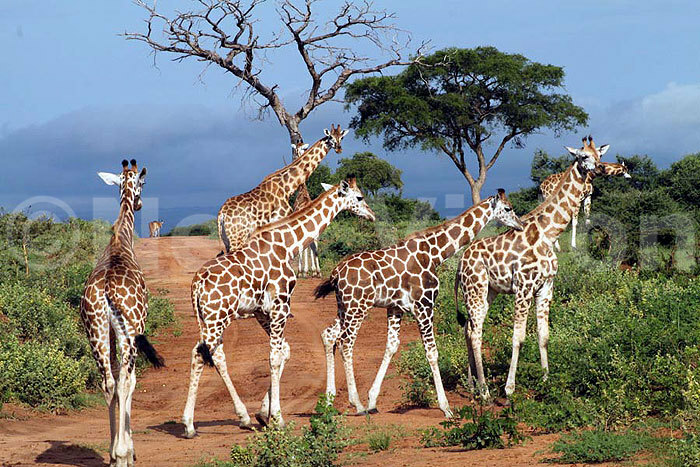
Nakide explains that it is classified under the family Giraffidae, along with its closest extant relative. Its species name refers to its camel-like appearance and the patches of colour on its fur.
As you are still admiring the giraffe, there appear another of the 'big five' animals, the largest land animals in the world: elephants. They are busy flapping their giant ears probably to cool off. Some are using their tusks to scrape the barks of trees as others are using trunks to pick up food from the trees.

Martha Acham, the ranger guide, explains that the elephant can grow up to 11 feet tall and can weigh up to five tonnes. These herbivores eat up to 300 kgs of grass and drink as much as 450 litres of water each day.
As we head to the next destination, Albert tracks, Acham shouts loudly to the driver asking him to stop. She has spotted the king of the jungle in the shrubs enjoying the cool air near the access road. But before cameras are pulled out, the huge cat disappears into the bushes. Even that quick glance at the lion impresses a lasting picture on my memory. However we are rewarded with the sighting of a lioness also spotted in other shrubs.
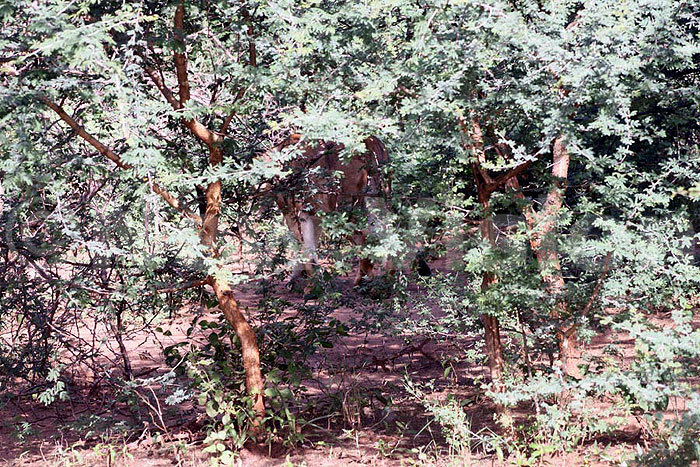
Continuing with the drive, birds of different species fly high up in the air. The list includes the Shoebill Stork, the Goliath Heron, which Acham says are the largest herons in the world; pairs of elegant Grey Crowned are also present. Egrets are the commonest; they are spotted picking ticks on the backs of the buffaloes.
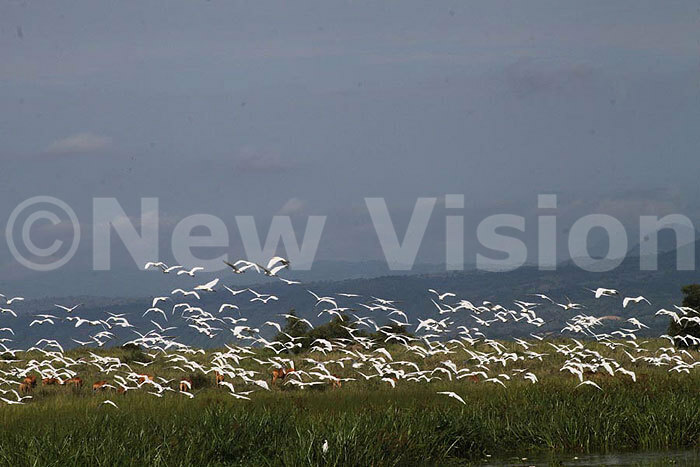

After one-and-a-half hours, we eventually we reach the hippos pool/delta. This is where one encounters probably the largest herbivorous mammal in sub-Saharan Africa: the hippopotamus.
They are stout, naked-skinned, and Acham says that they are amphibious artiodactyl members of the family Hippopotamidae, possessing three chambered stomachs and walking on four toes on each foot. "It is one of only two extant species in the family Hippopotamidae, the other being the pygmy hippopotamus," she explains.
They are enjoying the waters of the Nile, as white egrets stand on their backs waiting to pick fish.
Acham explains that hippopotamuses are gregarious, living in groups of up to thirty animals called a pod, herd, dale, or bloat.
Indeed visiting this beautiful park makes one appreciate Uganda as the 'Pearl of Africa'. It's a journey worth experiencing.
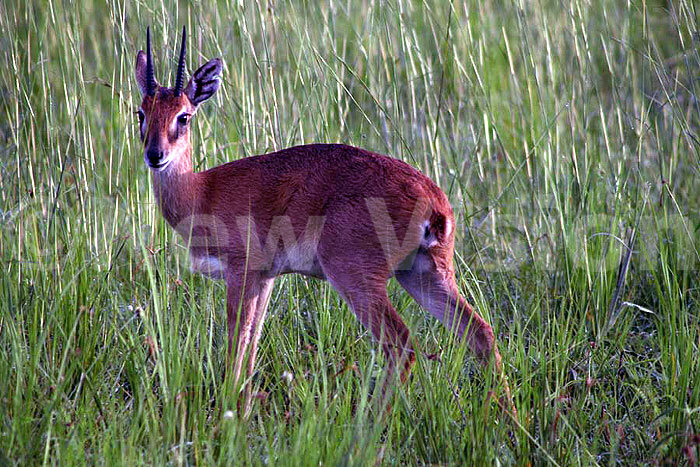

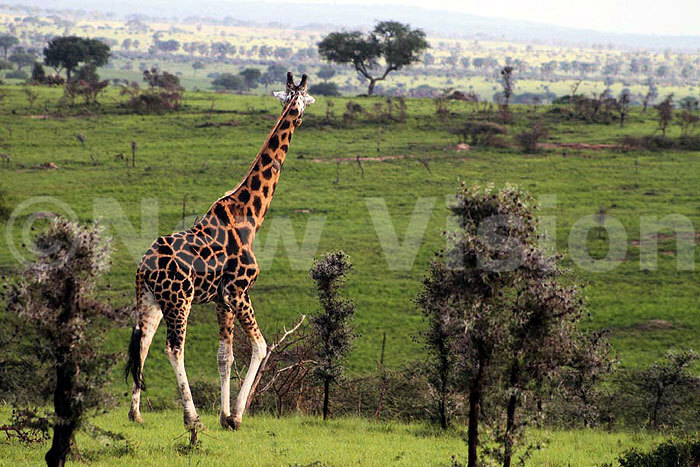
First gazetted as a game reserve in 1926, Murchison is Uganda's largest and oldest conservation area, hosting 76 species of mammals and 451 birds.
The park is bisected by the Victoria Nile, which plunges 45m over the remnant rift valley wall, creating the dramatic Murchison Falls, the centrepiece of the park and the final event in an 80km stretch of rapids.